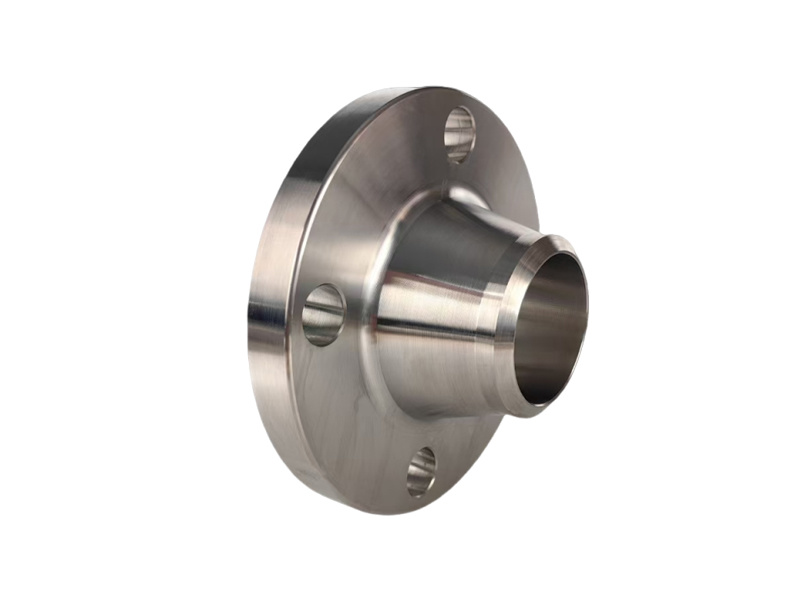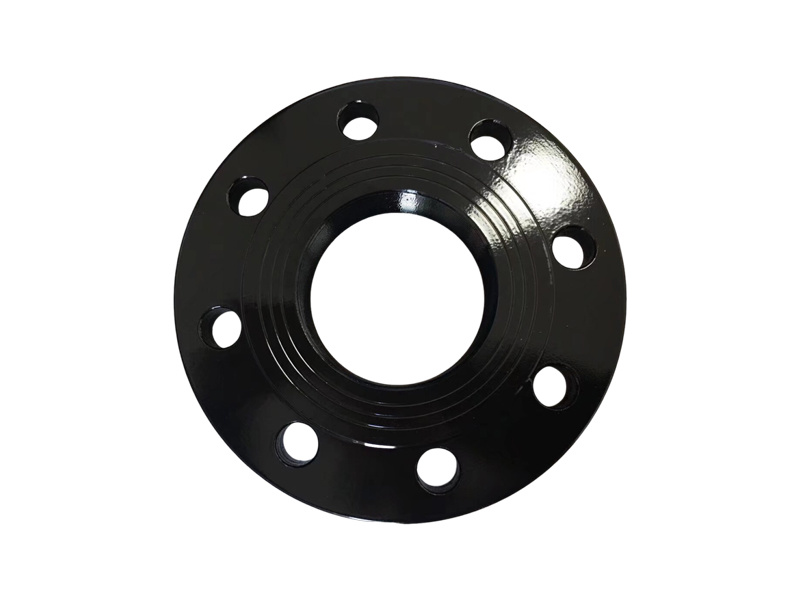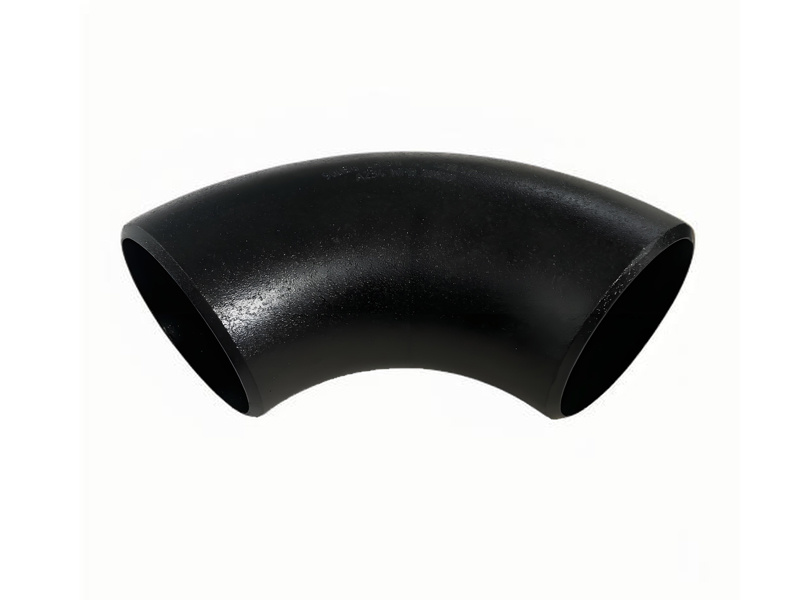-
GOST 12820-80 Plate Flanges Explained: Key Features and Benefits
Date:
01 Aug,2025
GOST 12820-80 Plate Flanges Explained: Key Features and Benefits Introduction to GOST 12820-80 Plate Flanges GOST 12820-80 plate flanges are an integral component in various industrial applications, particularly in piping systems. Established by the Russian national standard, these flanges play a crucial role in ensuring the seamless connection of pipes. Their significance lies in their ability to
GOST 12820-80 Plate Flanges Explained: Key Features and Benefits
Introduction to GOST 12820-80 Plate Flanges
GOST 12820-80 plate flanges are an integral component in various industrial applications, particularly in piping systems. Established by the Russian national standard, these flanges play a crucial role in ensuring the seamless connection of pipes. Their significance lies in their ability to provide a reliable and robust joint between different piping sections, making them vital in maintaining the integrity of fluid transport systems.
Understanding GOST Standards: A Brief Overview
GOST standards, including GOST 12820-80, are set by the Russian Federation to ensure uniformity and safety in manufacturing processes. These standards govern various aspects of industrial products, including materials, dimensions, and testing methods. The GOST 12820-80 standard specifically addresses the specifications for plate flanges, providing guidelines for their design and use in different industries.
Why GOST 12820-80 Plate Flanges Are Important
GOST 12820-80 plate flanges offer numerous benefits that enhance their importance in industrial applications:
1. **Durability**: Made from high-quality materials, these flanges exhibit excellent resistance to corrosion and wear, ensuring longevity in various environments.
2. **Standardization**: Adhering to GOST standards ensures compatibility with other components, simplifying repairs and replacements.
3. **Versatility**: Suitable for a wide range of applications, including oil and gas, water supply, and chemical processing, making them a go-to choice for many engineers.
Key Features of GOST 12820-80 Plate Flanges
Understanding the defining characteristics of GOST 12820-80 plate flanges is essential for selecting the right component for your project.
Material Composition
GOST 12820-80 plate flanges are typically manufactured from carbon steel, although they can also be made from stainless steel or other alloys depending on the application. The choice of material affects corrosion resistance, strength, and overall performance.
Dimensions and Specifications
The standard outlines specific dimensions for various flange sizes, including diameter, thickness, and bolt hole patterns. This ensures that flanges can be matched with pipes and fittings with precision. Common dimensions include:
- **Nominal Pipe Size (NPS)**: Range from 15mm to 1200mm.
- **Flange Thickness**: Varies based on the size and pressure rating.
Pressure Ratings
GOST 12820-80 flanges are available in various pressure classes, determining their ability to withstand internal pressures. Knowing the pressure rating is crucial for selecting the appropriate flange for your system.
Common Pressure Classifications
- **PN 2.5**: Suitable for low-pressure applications.
- **PN 6**: Medium-pressure applications.
- **PN 16**: Often used in high-pressure systems.
Applications of GOST 12820-80 Plate Flanges
These flanges are versatile and find applications in various industries. Here are some notable examples:
Oil and Gas Industry
In the oil and gas sector, GOST 12820-80 flanges play a critical role in ensuring secure connections in pipelines that transport oil and natural gas. Their robust design withstands harsh conditions, making them ideal for offshore and onshore applications.
Chemical Processing
Chemical plants utilize these flanges in piping systems that handle corrosive substances. The ability to customize materials according to the specific chemicals being transported enhances safety and reliability.
Water Supply and Treatment
Water treatment facilities employ GOST 12820-80 flanges in their infrastructure. These flanges facilitate secure connections in water distribution systems, ensuring the integrity of the supply network.
Installation Techniques for GOST 12820-80 Plate Flanges
Proper installation is crucial for the effectiveness of GOST 12820-80 plate flanges. Following recommended practices can significantly reduce the risk of leaks and failures.
Preparation Steps
1. **Surface Cleaning**: Ensure that both flanges and mating surfaces are clean and free from debris.
2. **Alignment**: Align the flanges carefully to avoid any stress during jointing.
Bolting Process
1. **Bolt Selection**: Use the correct grade and size of bolts as specified for the flange type.
2. **Torque Specifications**: Follow the torque specifications outlined in the GOST standard to ensure an even distribution of pressure across the flange.
Benefits of Using GOST 12820-80 Plate Flanges
Employing GOST 12820-80 plate flanges in your projects comes with several advantages that can enhance the overall performance of your piping systems.
Enhanced Safety
The adherence to strict standards ensures that these flanges meet safety requirements, reducing the risk of failures that could lead to accidents or environmental hazards.
Cost-Effectiveness
While the initial investment in GOST 12820-80 flanges may be higher than other options, their durability translates into lower maintenance costs over time. This makes them a cost-effective choice for long-term projects.
Improved Efficiency
Well-installed flanges contribute to the overall efficiency of piping systems by minimizing leaks and pressure drops, ensuring that fluids are transported effectively.
FAQs About GOST 12820-80 Plate Flanges
1. What materials are commonly used for GOST 12820-80 plate flanges?
GOST 12820-80 plate flanges are most commonly made from carbon steel, stainless steel, and sometimes from other alloys based on specific application requirements.
2. How do I choose the right pressure class for my application?
Select the pressure class based on the maximum internal pressure expected in your piping system. Consult engineering guidelines or standards for assistance.
3. Can GOST 12820-80 flanges be used in high-temperature applications?
Yes, GOST 12820-80 flanges can be designed to withstand high temperatures, especially when made from suitable materials. Ensure you check the specifications for temperature ratings.
4. What are the disadvantages of using GOST 12820-80 plate flanges?
While they offer many benefits, potential disadvantages may include higher initial costs and the need for precise installation to prevent leaks.
5. Are there any alternatives to GOST 12820-80 plate flanges?
Yes, alternatives include ANSI flanges or other international standards that may suit different regional requirements and applications.
Conclusion
GOST 12820-80 plate flanges represent a vital aspect of piping systems across various industries. Their robustness, compliance with stringent standards, and versatility make them an ideal choice for engineers and contractors alike. By understanding their key features, installation techniques, and the benefits they offer, you can make informed decisions that enhance the safety and efficiency of your projects. As industrial demands continue to evolve, GOST 12820-80 plate flanges will remain a cornerstone of reliable fluid transport solutions.Related News
02 Aug,2025
Comprehensive Guide to BS4504 PN16 Weld Neck Flanges: Key Features and Applications
Weld neck flanges are crucial components in piping systems, particularly in construction and decorative materials. The BS4504 PN16 weld neck flange is designed to meet specific standards that ensure reliability and strength in various applications. This guide will explore the essential features of these flanges, their uses, and the benefits they offer to industry professionals. ### What is a BS450
01 Aug,2025
GOST 12820-80 Plate Flanges Explained: Key Features and Benefits
GOST 12820-80 Plate Flanges Explained: Key Features and Benefits Introduction to GOST 12820-80 Plate Flanges GOST 12820-80 plate flanges are an integral component in various industrial applications, particularly in piping systems. Established by the Russian national standard, these flanges play a crucial role in ensuring the seamless connection of pipes. Their significance lies in their ability to
31 Jul,2025
Understanding Butt Weld Elbows: Essential Components for Efficient Piping Systems
Butt weld elbows are critical components in piping systems, particularly in the construction and decorative materials industry. These fittings, designed to facilitate a smooth change in direction of pipes, play a vital role in ensuring the efficiency and effectiveness of fluid transport. A butt weld elbow connects two pieces of pipe at an angle, typically 90 or 45 degrees. The name "butt weld" co
Contact information
Address: North Ring Industrial Zone, Mengcun County
Telephone: 86 0317- 6729218 86 0317-6727320
Fax: 0317-6727310
mobile phone: 86 13833761688whatsapp: 86-13780271039
Email: shengyuanflange@163.comLeave Message










